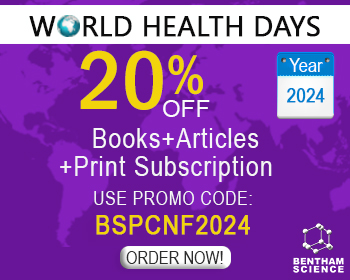Abstract
Background: The treatment of type 2 diabetes mellitus (T2DM) is complex; only a few patients successfully attain glycemic targets with monotherapy, most requiring drug combination therapy.
Methods: The goal of this review was to identify in PubMed the complimentary ways of action leading to clinical benefit (in lowering HbA1c, body weight, renal, and cardiac risk factors and events) of the combination of sodium glucose cotransporter 2 inhibitors (SGLT2i) and glucagon-like peptide-1 receptor agonists (GLP-1 RA).
Results: SGLT2i, an emerging class of antidiabetic agents with an insulin-independent mechanism of action, are suitable for use in combination with any other class of antidiabetics, including insulin. The use of SGLT2i causes a reduction in Cardiovascular Disease (CVD) morbidity (mainly heart failure-HF) as well as total and CVD mortality. Besides insulin, SGLT2i may also be combined with incretin-based therapies, such as GLP-1 RA. The latter appears to reduce the rate or the progression of both macrovascular (mainly myocardial infarction-MI and stroke) and microvascular complications of DM, having a beneficial effect on all-cause mortality and CVD mortality, as well as CVD events. SGLT2i and GLP-1 RA may have a synergic effect on glucose reduction, weight reduction, renal impairment (both an independent lethal disease and a CVD risk factor) improvement, and cardiac event reduction, because the first reduces HF and related events and the second decreases CVD risk (mainly MI and stroke). Both also reduce total mortality, especially when combined with a statin.
Conclusion: The combination of metformin with SGLT2i, GLP-1 RA, and a potent statin, in high CVD risk patients with DM, is expected to substantially reduce CVD mortality and morbidity, improving the quality of life of patients with DM at the same time. Prospective studies are needed to confirm this finding.
Keywords: Diabetes, high cardiovascular disease risk, SGLT2 inhibitors, GLP1 receptor agonists, basal insulin, statins.



























